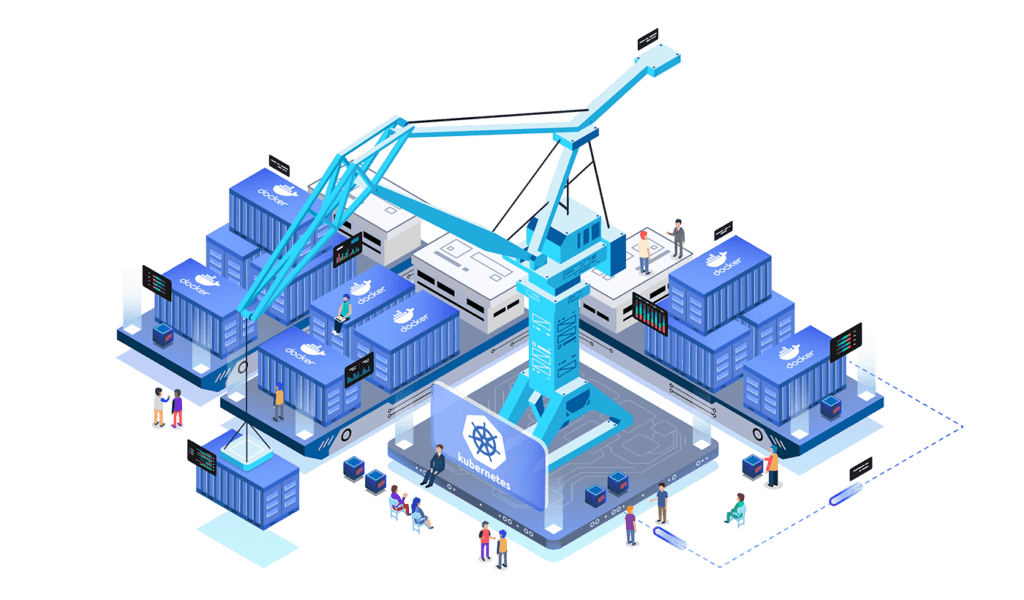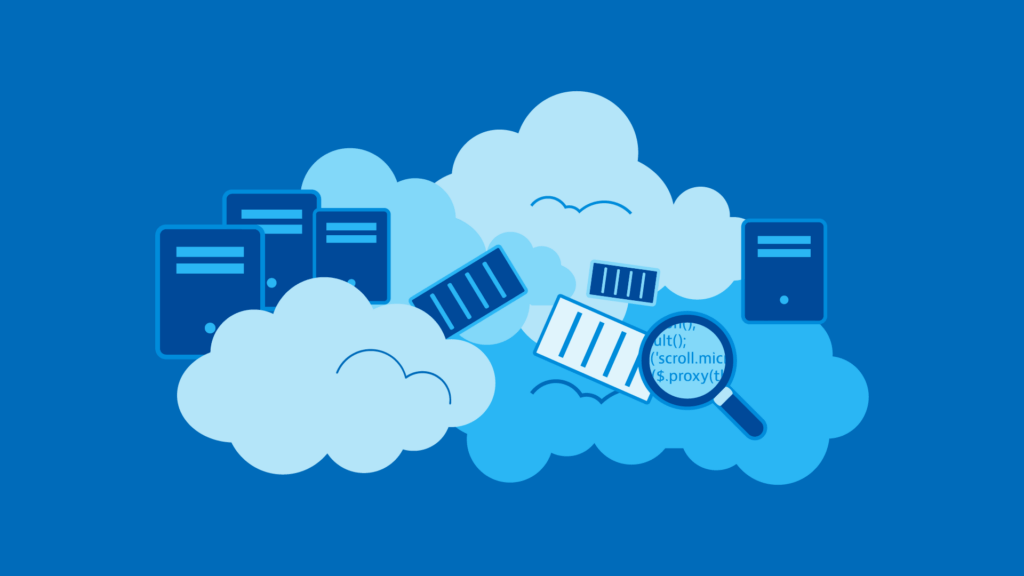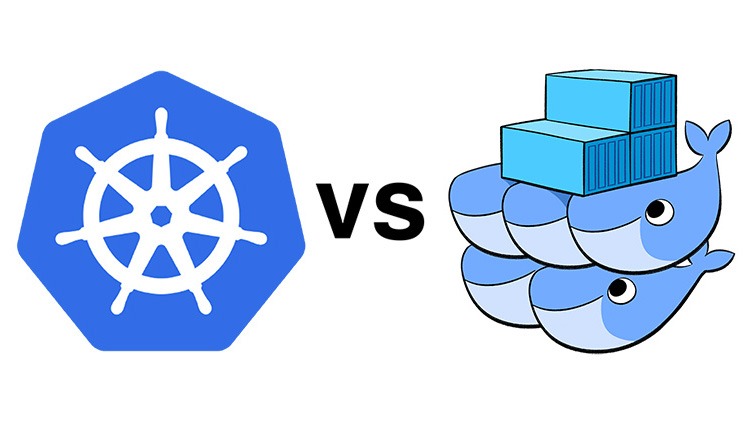How to Use Kubernetes for Machine Learning and Data Science Workload

This piece will go into Kubernetes’s strengths and how they can be applied to data science and machine learning projects. We will discuss its fundamental principles and building blocks to help you successfully install and manage machine learning workloads on Kubernetes. More over, this article will give essential insights and practical direction on making the most of this powerful platform, whether you’re just starting with Kubernetes or trying to enhance your machine learning and data science operations.
Kubernetes in Production: Tips and Tricks for Managing High Traffic Loads

In today’s digital world, websites and applications are expected to handle a high traffic volume, especially during peak hours or promotional campaigns. When server resources become overwhelmed, it can lead to slower response times, decreased performance, and even complete service disruptions.
How To Run Applications on Top Of Kubernetes

In our series on Kubernetes so far, we have covered an entire gamut of topics. We started with a comprehensive guide to help you get started on Kubernetes. From there, we got into the details of Kubernetes architecture and why Kubernetes remains a pivotal tool in any cloud infrastructure setup. We also covered other concepts in Kubernetes that are useful to know, namely, namespaces, workloads, and deployment. We also discussed a popular Kubernetes command, kubectl, in detail. We also covered how Kubernetes differs from another popular container orchestration tool, Docker Swarm. In this blog, we will consolidate all our learnings and discuss how to run applications on Kubernetes.
Although we covered this topic in bits, we feel this topic deserves a blog of its own.
Kubernetes Deployment: How to Run a Containerized Workload on a Cluster

In this blog, we will discuss Kubernetes deployments in detail. We will cover everything you need to know to run a containerized workload on a cluster. The smallest unit of a Kubernetes deployment is a pod. A pod is a collection of one or more containers. So the smallest deployment in Kubernetes would be a single pod with one container in it. As you would know that Kubernetes is a declarative system where you describe the system you want and let Kubernetes take action to create the desired system.
Kubernetes Namespaces

In the last few blogs we covered have covered Kubernetes in great detail. We started with an overview of Kubernetes and why it is one of the most important technologies in cloud computing today. We also spoke about what Kubernetes architecture looks like and how you can use Kubernetes using a simple kubectl tool. In this blog, we will cover everything you need to know about Kubernetes Namespaces.
Managing Kubernetes With Kubectl

One of the recommended command-line methods to manage your Kubernetes setup is to use kubectl. With the kubectl command, you can interact with Kubernetes API servers to manage workloads in the Kubernetes infrastructure. In this blog, we will cover all aspects of the kubectl command that you would need to get started on managing Kubernetes with it. If you wish to get an overview of Kubernetes, you can read our series of blogs on it starting here.Let’s start with understanding what kubectl is and how it works with Kubernetes.
Kubernetes Workloads – Everything You Need to Get Started

In the last few blogs, we discussed how Kubernetes has become a gamechanger in the adoption of cloud computing and how you can get up to speed with it. We also discussed how Kubernetes differs from other orchestration tools like Docker Swarm and how you can make the right choice for your use case.
Introducing Kubernetes Architecture – From Zero to Deployment

Kubernetes has been a game-changer in the growth of cloud adoption in the last decade. As more containerized applications take frontstage, Kubernetes has become the go-to container orchestration tool.
In this blog, we will go into the depths of Kubernetes and study its architecture. We will also see a simple workflow on how you can set up Kubernetes and deploy it on the cloud.
If you wish to read more about Kubernetes, you can start with our series on it from here. Let’s get started.
How Kubernetes Is Different From Docker Swarm?

Kubernetes and Docker Swarm are both very popular container orchestration tools in the industry. Every major cloud-native application uses a container orchestration tool of some sort. Kubernetes was developed by Google in the early 2010s from an internal project which managed billions of containers in the Google cloud infrastructure. You can read more about it in our blog here.
In this blog, we will go through the details of how Kubernetes and Docker Swarm differ from each other and how to choose the right tool for you.
What is Kubernetes and Why is it the Future of Cloud Computing

As more and more applications became cloud-native, containers became the ubiquitous way to bring flexibility and scalability to the system. As applications gained more and more functionality, it became essential to have an automated system for container management.
A system that creates, manages, and destroys containers as the traffic requirements change. This is called Container Orchestration. Kubernetes is the leading container orchestration tool in the cloud infrastructure today. It gives a level of abstraction over containers on a cloud infrastructure and groups them into logical units for easier management and discovery.